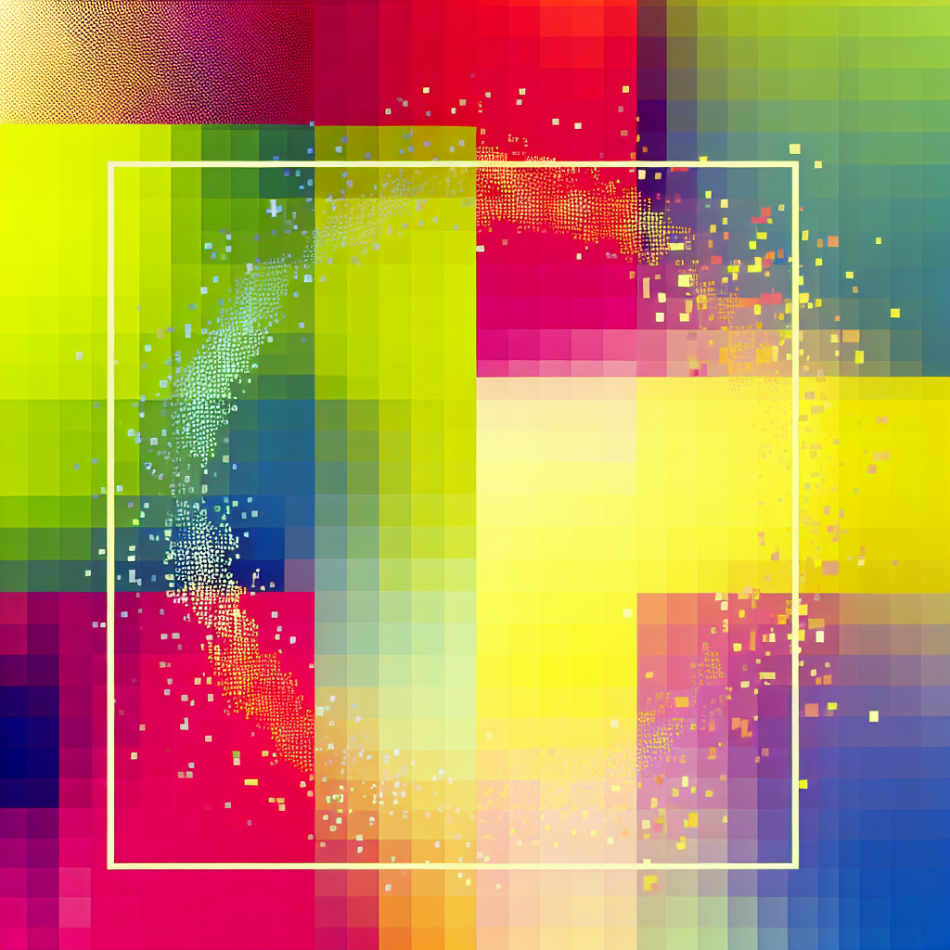Neurodivergent Joy Is Revolutionary: Celebrating Differences as a Cultural Shift
In a world that often prioritises conformity, embracing neurodivergent joy is more than a gesture—it’s a radical act. Neurodivergent individuals, whose brains process information differently, are challenging societal norms by reclaiming pride in their unique perspectives. This cultural shift isn’t about mere tolerance; it’s about transforming how society values diversity. Here, we explore why celebrating neurodivergence is reshaping communities, workplaces, and our collective understanding of human potential.
Redefining ‘Normal’: The Power of Neurodivergent Perspectives
Neurodiversity—the idea that neurological differences like autism, ADHD, and dyslexia are natural variations of the human brain—has gained traction in recent years. Yet, neurodivergent joy goes a step further. It’s about celebrating these differences as sources of creativity, innovation, and resilience. Traditional frameworks often pathologise neurodivergence, framing it as a deficit to be ‘fixed’. In contrast, neurodivergent joy rejects this narrative, asserting that diverse cognitive styles enrich society.
For example, autistic individuals may excel in pattern recognition or hyperfocus, while those with ADHD often thrive in dynamic, fast-paced environments. By valuing these strengths, workplaces and schools can unlock untapped potential. This shift requires systemic change: from rigid educational curricula to inflexible corporate structures. Recognising neurodivergent joy isn’t just about inclusion—it’s about reimagining systems to honour human complexity.
The Cultural Shift: From Stigma to Celebration
Historically, neurodivergent traits were met with stigma or erasure. Today, a growing movement is reframing these differences as vital contributions to culture. Social media platforms, for instance, have become spaces where neurodivergent individuals share their experiences openly, fostering solidarity and visibility. Hashtags like #ActuallyAutistic and #ADHDJoy highlight pride, challenging stereotypes of shame or inadequacy.
This cultural shift is also evident in media representation. Films, books, and TV shows increasingly feature neurodivergent characters whose stories centre on agency rather than tragedy. Such representation matters: it validates lived experiences and educates neurotypical audiences. However, true celebration requires more than visibility—it demands active participation in dismantling barriers. Employers adopting sensory-friendly workspaces or schools offering flexible learning models exemplify this progress.
Neurodivergent Joy as Resistance
Celebrating neurodivergence is inherently political. In a society built on productivity benchmarks and social conformity, finding joy in one’s differences disrupts oppressive norms. For many neurodivergent people, self-acceptance is an act of defiance against systems that demand assimilation. This resistance extends to advocacy: pushing for policy changes, accessibility accommodations, and equitable opportunities.
Consider the rise of neurodiversity-affirming therapies, which prioritise autonomy over compliance. Unlike traditional approaches that aim to ‘normalise’ behaviour, these therapies focus on building coping strategies that align with individual needs. Similarly, grassroots movements are challenging the medical model of disability, advocating instead for a social model that addresses environmental barriers. By centring joy, neurodivergent individuals reclaim their narratives from a world that often silences them.
Building Inclusive Communities: The Role of Allyship
Neurodivergent joy cannot flourish in isolation—it thrives in communities that actively support it. Allyship plays a critical role here. This means listening to neurodivergent voices, amplifying their priorities, and challenging ableist assumptions. For instance, avoiding language that frames neurodivergence as a ‘burden’ or ‘inspiration’ is a small but meaningful step.
Inclusive communities also prioritise accessibility:
- Offering quiet spaces at events for those with sensory sensitivities.
- Providing information in multiple formats (written, visual, auditory).
- Implementing flexible deadlines or communication styles in workplaces.
These adjustments benefit everyone, not just neurodivergent individuals. They reflect a broader understanding that diversity in cognition is as vital as diversity in culture, race, or gender.
The Ripple Effect: How Neurodivergent Joy Transforms Society
When society embraces neurodivergent joy, the impact extends far beyond individual well-being. It fosters innovation by integrating diverse problem-solving approaches. Companies like Microsoft and SAP have reported increased creativity and employee satisfaction after implementing neurodiversity hiring initiatives. In education, schools that adopt universal design principles see improved engagement across all student groups.
Moreover, this shift challenges us to rethink success. Metrics like productivity or social conformity are replaced with values like authenticity, collaboration, and adaptability. By celebrating neurodivergence, we create a culture where everyone—neurotypical and neurodivergent alike—can thrive without masking their true selves.
Conclusion: A Future Built on Radical Acceptance
Neurodivergent joy is more than a personal triumph—it’s a catalyst for societal transformation. By celebrating differences, we dismantle harmful norms and build systems that honour human diversity. This cultural shift requires ongoing effort: from amplifying marginalised voices to redesigning institutions. The goal isn’t assimilation, but a world where every mind is valued for its unique contributions. As we move forward, let us remember that revolution begins with joy—and joy grows when we embrace the beauty of difference.
